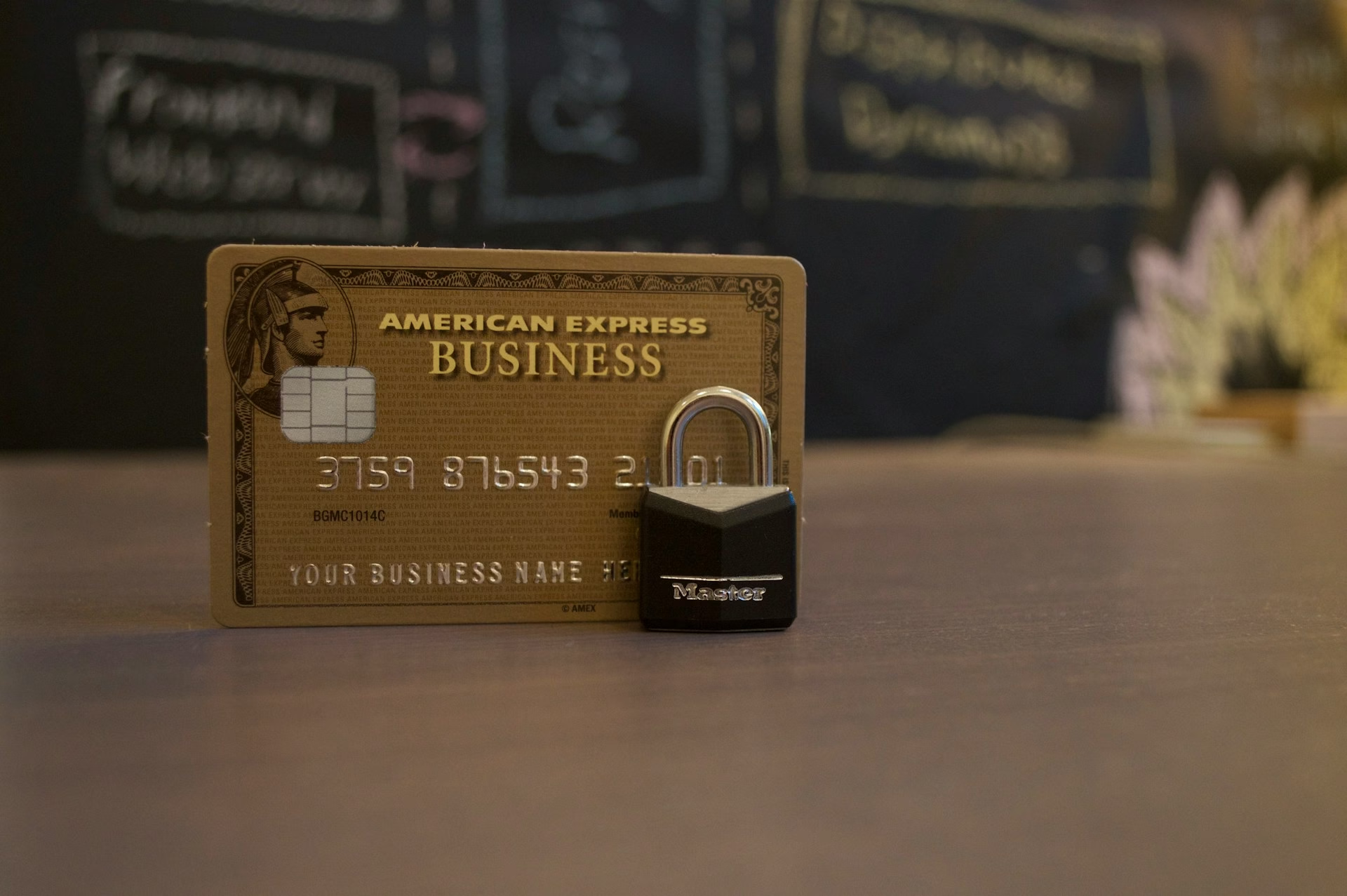Creative Ways to Use Personal Credit to Jumpstart Business Funding
When you’re starting a business, securing funding can be one of the biggest hurdles. If your business credit is still in its infancy, your personal credit can be a powerful tool to help you get started. This blog explores creative, practical ways to leverage personal credit to fund your business and build momentum for success.
Why Personal Credit Matters for New Businesses
Personal credit often serves as a foundation for securing business financing, especially for startups. Lenders and creditors frequently evaluate your personal creditworthiness when your business credit profile is nonexistent or limited. Using personal credit strategically can help you bridge the gap while you establish your business credit.
1. Personal Credit Cards for Business Expenses
One of the simplest ways to fund your business is by using a personal credit card for startup costs.
How to Use This Effectively:
- Separate Business Expenses: Dedicate one personal credit card exclusively for business use to maintain clear financial records.
- Leverage Rewards Programs: Choose a card with rewards that benefit your business, such as cash back, travel points, or purchase protection.
- Pay Off Balances Quickly: Avoid carrying high balances to maintain a healthy credit utilization ratio and prevent high-interest charges.
2. Personal Loans for Initial Capital
Personal loans are another option for funding your business in the early stages. These loans typically don’t require collateral, making them accessible for new entrepreneurs.
Advantages of Personal Loans:
- Fixed monthly payments for predictable budgeting.
- Lower interest rates compared to credit cards.
Pro Tip:
Shop around to compare loan terms and choose a lender that offers competitive rates and flexible repayment options.
3. Home Equity Loans or Lines of Credit (HELOC)
If you own a home, tapping into your equity can provide substantial funding for your business. A home equity loan or HELOC allows you to borrow against the value of your property.
How It Works:
- Home equity loans provide a lump sum, while HELOCs function like a revolving credit line.
- Interest rates are generally lower than unsecured loans since they’re backed by your property.
Important Consideration:
Only use this option if you’re confident in your business plan, as defaulting could put your home at risk.
4. Balance Transfers to Reduce Interest Costs
If you already have credit card debt, transferring the balance to a card with a 0% introductory APR can free up funds for business use.
Steps to Take:
- Find a card offering 0% APR on balance transfers (typically for 12-18 months).
- Transfer your high-interest balances to this card.
- Use the savings from reduced interest to invest in your business.
Pro Tip: Pay off the balance within the promotional period to avoid high interest later.
5. Use Personal Savings as a Collateral
If you have a strong personal savings account, consider using it as collateral to secure a personal loan with favorable terms.
Benefits of This Approach:
- Lower interest rates than unsecured loans.
- Allows you to access larger amounts of funding.
Key Consideration:
Ensure your business plan is solid, as dipping into savings carries risk.
Practical Example: Combining Personal Credit Strategies
Scenario:
Anna wants to start an online boutique but lacks business credit. Here’s how she creatively combines personal credit options:
- Personal Credit Card: Anna uses her cashback credit card to purchase inventory, earning rewards on her spending.
- Personal Loan: She secures a $10,000 personal loan to cover marketing and operational costs.
- Balance Transfer: To save on interest, she transfers existing credit card debt to a 0% APR card, freeing up funds for her business.
Outcome:
By using these strategies responsibly, Anna launches her boutique while maintaining a strong personal credit score.
Pros and Cons of Using Personal Credit
| Method | Advantages | Disadvantages |
|---|---|---|
| Personal Credit Cards | Rewards, flexibility | High interest rates, impact on score |
| Personal Loans | Predictable payments, no collateral | Interest costs, personal liability |
| Home Equity Loans/HELOC | Low interest, large amounts | Risking your home |
| Balance Transfers | Saves interest, consolidates debt | Limited time frame for 0% APR |
Steps to Leverage Personal Credit Responsibly
- Assess your credit score and available credit options.
- Choose the most appropriate funding method for your business needs.
- Create a detailed repayment plan to avoid debt accumulation.
- Build business credit alongside personal credit use to transition to independent financing.
Building Business Credit While Using Personal Credit
As you leverage personal credit, it’s crucial to simultaneously work on building your business credit. Here’s how:
- Open Vendor Accounts: Use vendors that report to business credit bureaus.
- Apply for a Business Credit Card: Once you’ve established a financial history, transition to using business credit cards.
- Monitor Your Business Credit: Track your progress and ensure all accounts report accurately.
Conclusion
Using personal credit to jumpstart your business can be a powerful strategy when done thoughtfully. By leveraging credit cards, loans, or even your home equity, you can secure the funds needed to launch and grow your business. However, it’s essential to balance personal and business financial responsibilities and transition to independent business credit as soon as possible.
Start your journey today and turn your vision into reality!




